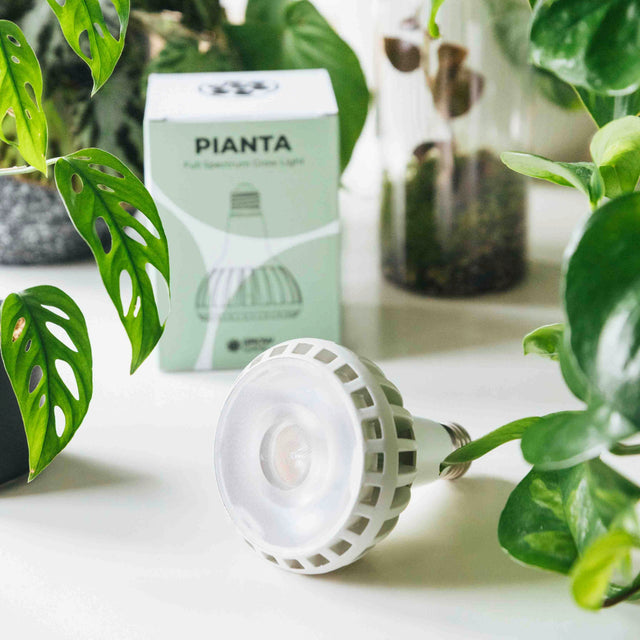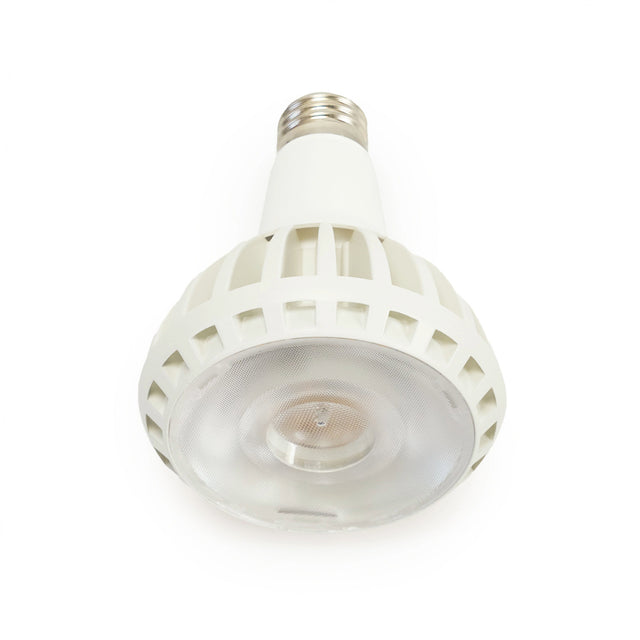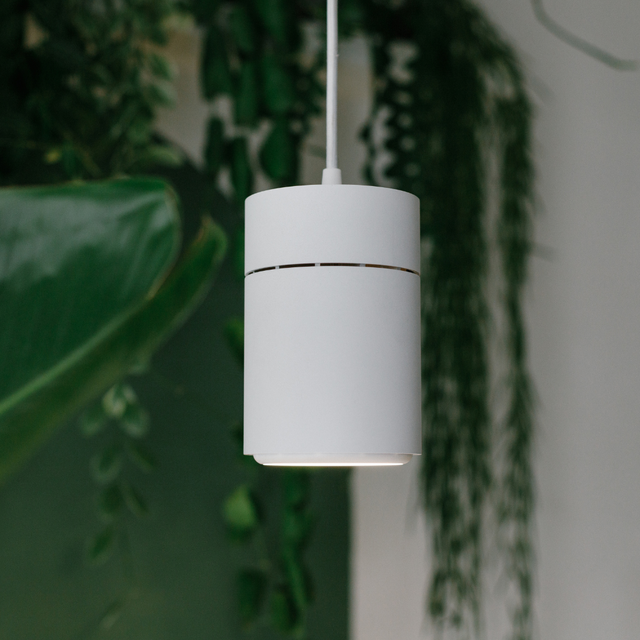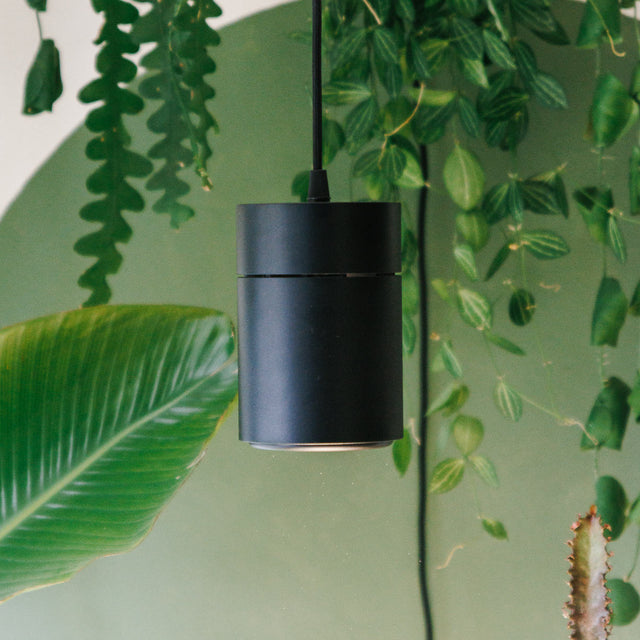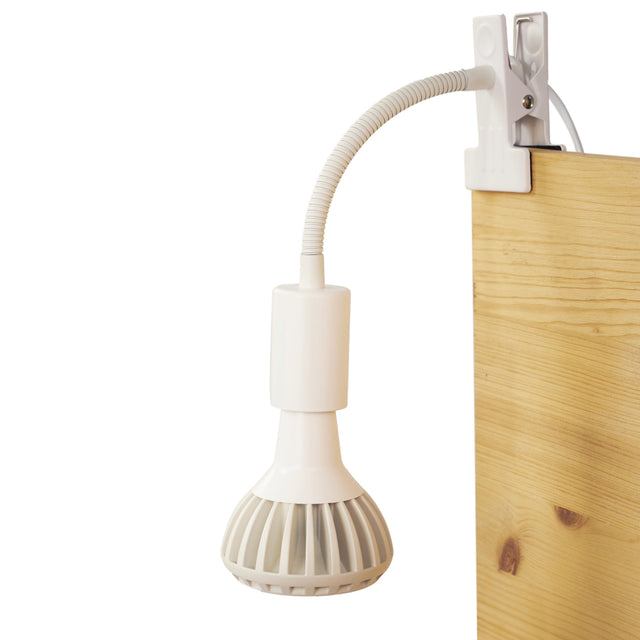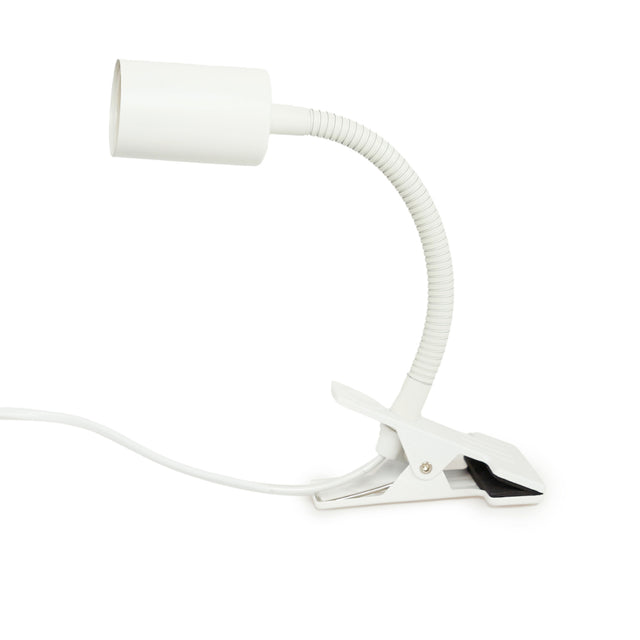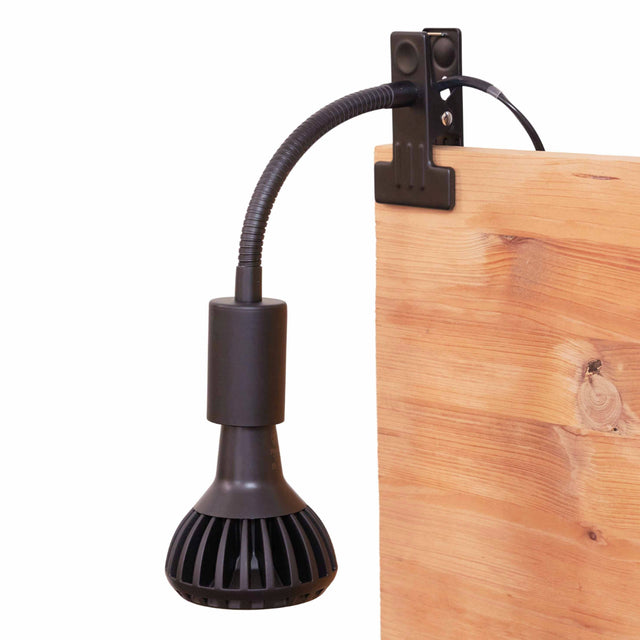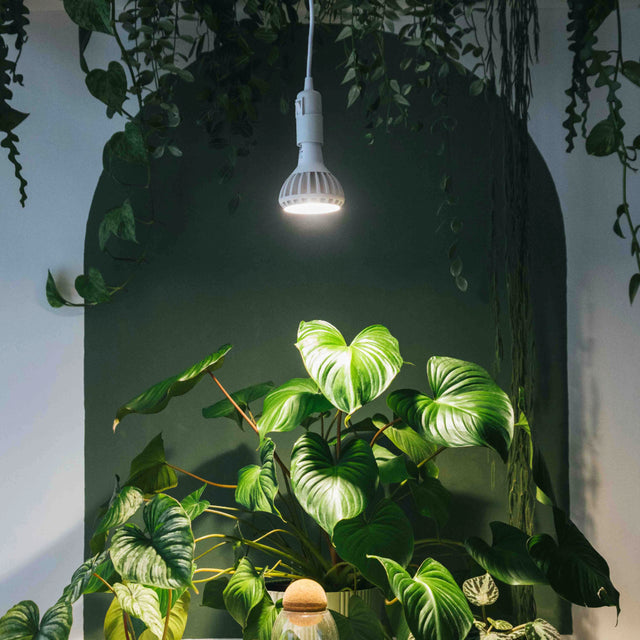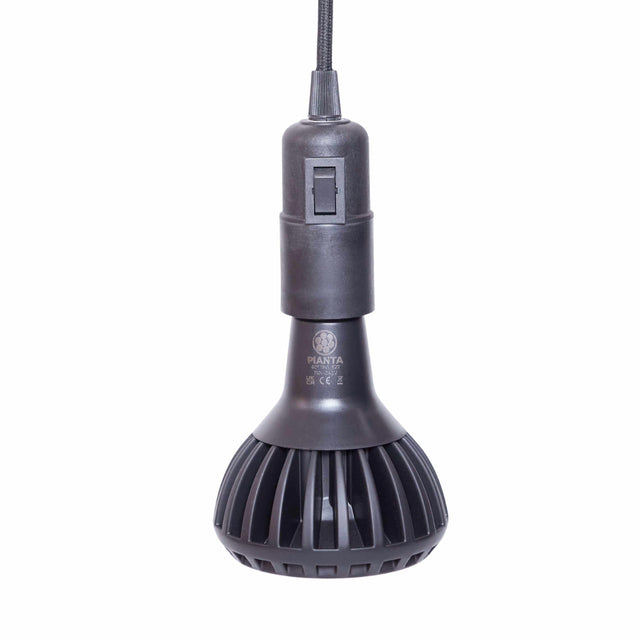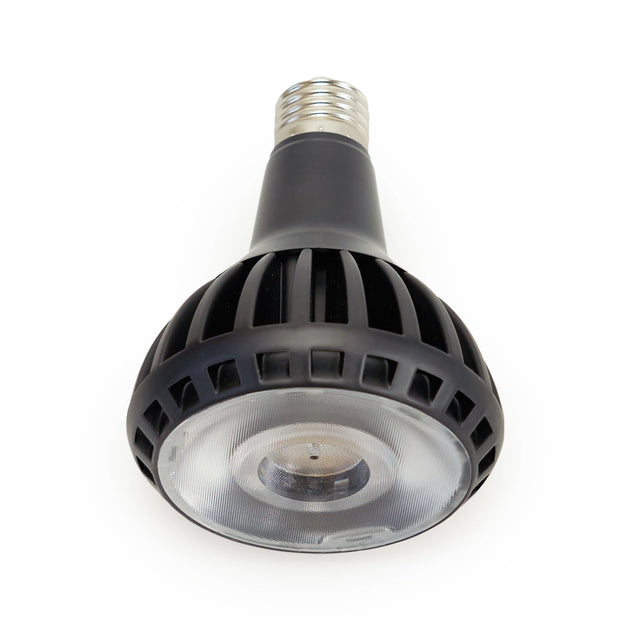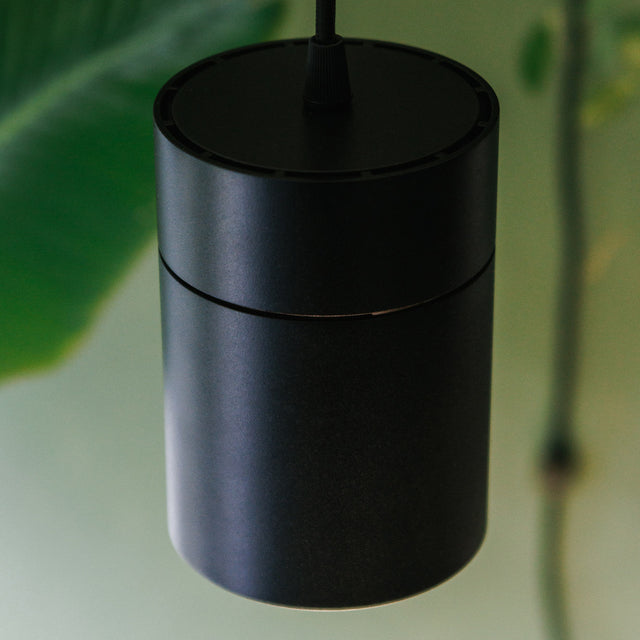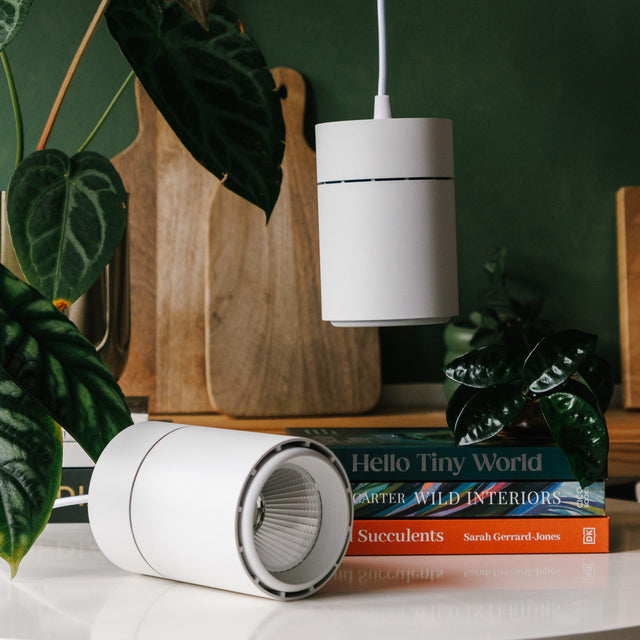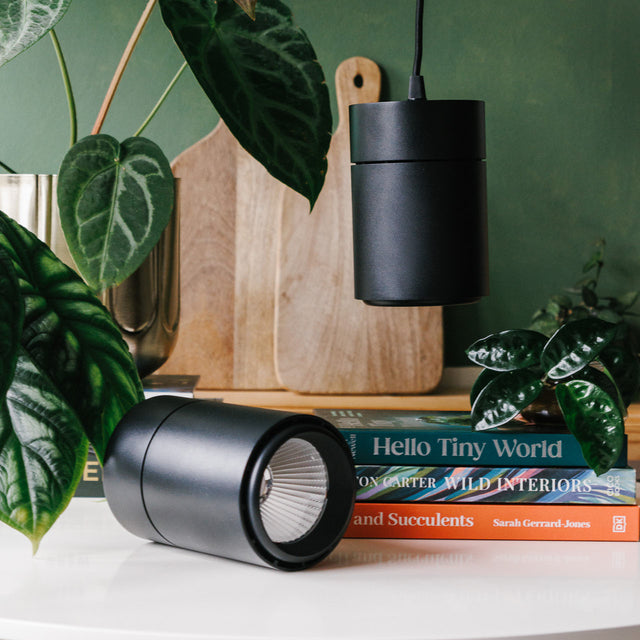
🔬Scientific name: Plerandra Elegantissima or Schefflera Elegantissima (Family: Araliaceae)
🌍 Origin: Originates from the tropical rainforests of New Caledonia, a French territory located in the southwest Pacific Ocean.
The plant thrives in the warm, humid conditions of New Caledonia's rainforests, where it grows as an understory plant, often in shaded areas beneath the forest canopy. This natural environment is why the False Aralia does well in indoor settings with moderate light and humidity.
Lighting
Lighting requirement: Bright, indirect light
It thrives in well-lit areas but should be protected from direct sunlight, which can scorch its delicate leaves. It can tolerate lower light conditions, but its growth may slow down, and the foliage might lose some of its vibrant colour. For optimal health, place it near a window with filtered light or under a grow light for 6-10 hours a day, but make sure it is away from harsh, direct sun exposure.
Watering:
Keep the soil consistently moist but not waterlogged. Water when the top inch of soil feels dry to the touch. Ensure the pot has good drainage to prevent root rot. In winter, reduce watering as the plant's growth slows down.
Humidity
It thrives in high humidity environments, ideally between 60-80% humidity. In most indoor settings, especially in dry climates or during winter when heating systems are on, the air can be much drier than this, which can stress the plant.
To maintain proper humidity:
- Misting: Lightly mist the leaves with water every few days to increase humidity around the plant.
- Humidity Tray: Place the pot on a tray filled with water and pebbles. As the water evaporates, it creates a more humid microclimate around the plant.
- Humidifier: If the air in your home is very dry, consider using a humidifier to keep the humidity levels up.
- Grouping Plants: Grouping your Plerandra elegantissima with other plants can also help increase humidity, as plants release moisture through transpiration.
Maintaining high humidity helps the plant stay lush and prevents the leaf edges from browning.
Fertiliser:
The Old Man Cactus has modest fertiliser requirements, as it naturally thrives in nutrient-poor desert soil. During the growing season (spring and summer), it can be fed with a diluted, balanced cactus fertiliser once every 4–6 weeks. Always dilute the fertiliser to half the recommended strength to avoid root burn. Avoid fertilising during the dormant season (autumn and winter) when the cactus is not actively growing. Proper fertilisation will support healthy growth without the risk of nutrient overload.
Temperature:
It thrives in warm, dry conditions, similar to its native desert habitat. Ideally, it should be kept in temperatures ranging from 18°C to 30°C during the growing season. It can tolerate slightly cooler temperatures down to 10°C, but prolonged exposure to cold or frost can damage the plant. For indoor care, maintain a warm, sunny spot, and avoid placing it near cold drafts, air conditioning vents, or unheated windows during winter. Consistent warmth will keep your Old Man Cactus healthy and encourage steady growth.
Troubleshooting and Pests:
This plant is generally hardy but can encounter a few common issues and pests. Overwatering is the most common problem, leading to root rot, which is indicated by yellowing, mushy stems. To avoid this, always let the soil dry out completely between waterings. The fuzzy “hair” on the cactus can also trap moisture, leading to fungal issues, so avoid getting it wet.
In terms of pests, the most common culprits are mealybugs, spider mites, and scale insects, which can hide within the cactus's hair. Regularly inspect the plant, and if you spot pests, treat them with a cotton swab dipped in rubbing alcohol or use an insecticidal soap or neem oil spray. Ensure good air circulation around the plant to help prevent pest infestations and fungal growth. Proper care and vigilance will keep your Old Man Cactus healthy and pest-free.
Height:
The Old Man Cactus is a slow-growing, columnar cactus that can eventually reach impressive heights of up to 6 metres in its natural habitat. However, when grown indoors or in pots, it typically reaches a more manageable height of 60–150 cm. The growth rate is slow, which makes it suitable for indoor cultivation without the risk of it outgrowing its space too quickly. Ensure the plant has enough vertical space to accommodate its upward growth, and if grown outdoors, choose a location with enough height clearance for its mature size.
Is It Toxic To Pets?
No — the Old Man Cactus is non-toxic to pets, including cats and dogs, making it a safe choice for pet-friendly households. However, while it is not poisonous, its sharp spines and dense, hair-like coverings can pose a physical hazard. Pets that chew on or brush against the cactus may experience mouth injuries or skin irritation. To keep your pets safe, it's best to place the cactus in a location where curious animals cannot easily reach it. If your pet shows any signs of discomfort after interacting with the cactus, consult your vet.
